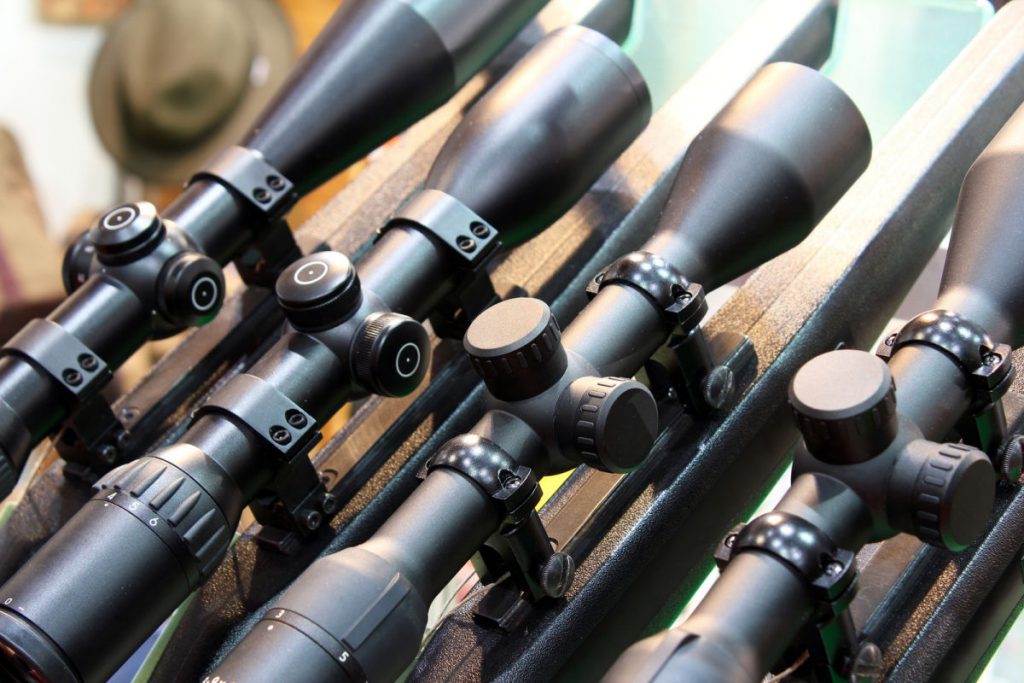Everyone who has ever played a computer game or watched a movie, probably knows that the indispensable attribute of a sniper is a rifle with a telescopic scope, and a SWAT soldier is unthinkable in battle without a gun with a scope of the type “red dot”. But when it comes to the choice of scopes for your own air rifle or pistol, it’s easy to get confused in their variants – only telescopic scopes on the market for several hundred. Is it possible to understand all this? Let’s try to do it.
Nowadays we produce a lot of scopes for any tasks and any weapon. The most common of them are mechanical, optical, and laser pointers. In this article we will talk about telescopic scopes. A good overview can be found at https://opticzoo.com/best-long-range-scope-for-6-5-creedmoor/.
How to choose a scope
If recently the telescopic scopes seemed to be exotic, today they are available to everyone and are produced in great variety. These scopes are deservedly popular with hunters, military and athletes. The vast majority of air rifle owners equip their rifles with telescopic scopes, as only with its help it is possible to really reveal the potential of accurate weapons. It is difficult to find two similar scopes, and even more difficult to find two identical ones.
All telescopic scopes can be divided into models with constant magnification and variable magnification. The second one differs in that it allows you to change the degree of enlargement of objects within certain limits. scopes with fixed magnification have narrow specificity and are intended for shooting at a strictly defined distance from the target. It makes sense to purchase them in case you need equipment for one type of hunting (or sport shooting) under more or less constant conditions.

The advantage of models with constant magnification is their reliability. There are few moving parts in this scope, which means that the construction will be more shock-resistant and less susceptible to loosening. This is especially important when shooting with powerful recoil. In addition, a fixed magnification is on average cheaper than a variable. In other words, for the cost of such a scope you can buy a model with a fixed magnification of a higher level.
Variable magnification scopes are interesting for a wider range of use, the ability to go on different types of hunting or quickly adjust to the changed shooting conditions (for example, to reduce the magnification by entering a bush or forest). Because variable magnification means more moving parts and a more complex optical system, all this can affect reliability. However, it is worth thinking about it, only choosing an inexpensive scope for large-caliber weapons or pneumatics. Production of expensive, well-known brands is not in doubt. And if you decide to save money – just do not use budget models where a strong return is possible.
Range of multiplicity: features of the choice
As already mentioned, the main reference point when choosing the reticle size is the estimated range of firing. This criterion is used to distinguish the range of scope:
- Scopes of small magnification – up to 6x,
- Medium-magnification scopes up to 9x,
- High-magnification scopes – from 10x and above.
So, as a result, the choice of magnification of scope is as follows:
- Choose the magnification according to the expected firing distance, do not take a scope with a large “margin”;
- If you need optics for mobile game hunting, you should not sacrifice a wide field of view for the sake of greater magnification;
- When choosing powerful scopes with high magnification, pay attention to the quality of lenses and remember that they cannot be cheap;
- High magnification scopes will require a stop for accurate firing (starting with 6x);
- It is not only the upper magnification that is important, but also the lower magnification limit, because many hunting activities require close range shooting.



